
The age of the battleship has long been a subject of fascination and nostalgia among military history enthusiasts, often symbolizing national power and technological might at sea.

However, despite the allure of their storied past, the likelihood of these behemoths returning to the waters as an active part of modern navies is slim to none.
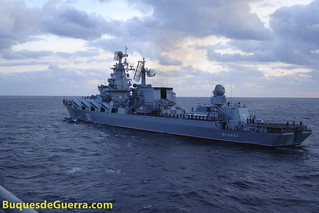
The historical journey of battleships, from their heyday during World War II to their status as floating museums, the reality is that they are no longer practical or necessary for contemporary naval warfare.
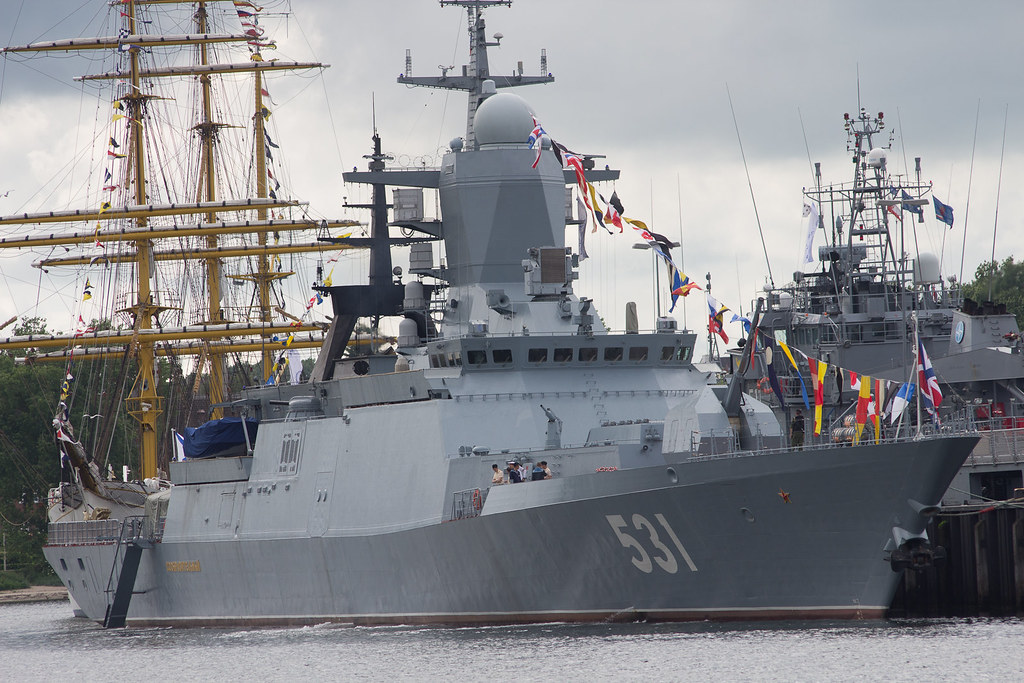
One of the primary arguments against the revival of battleships is their vulnerability as massive targets.
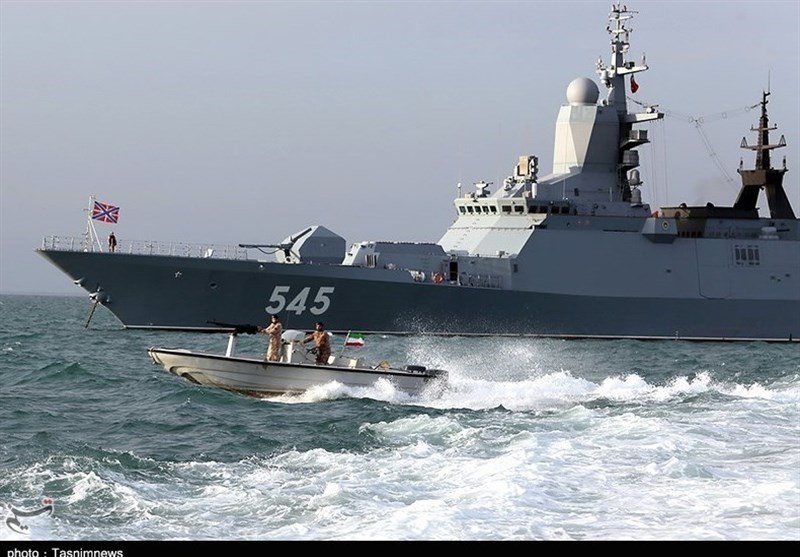
The sinking of the Russian Navy’s flagship Moskva by Ukrainian Neptune missiles in April 2022 serves as a stark reminder of this danger.

In an opinion piece for Breaking Defense in August, Albert Palazzo from the University of New South Wales in Canberra, Australia, referenced the renowned quote by British Admiral Horatio Nelson, “A ship’s a fool to fight a fort.”

Palazzo proposed a modern adaptation, asserting that in the 21st century, “A ship is a fool to fight a missile-defended coast.”

He contended that naval strategies must be reassessed, emphasizing that merely controlling the seas may no longer suffice.
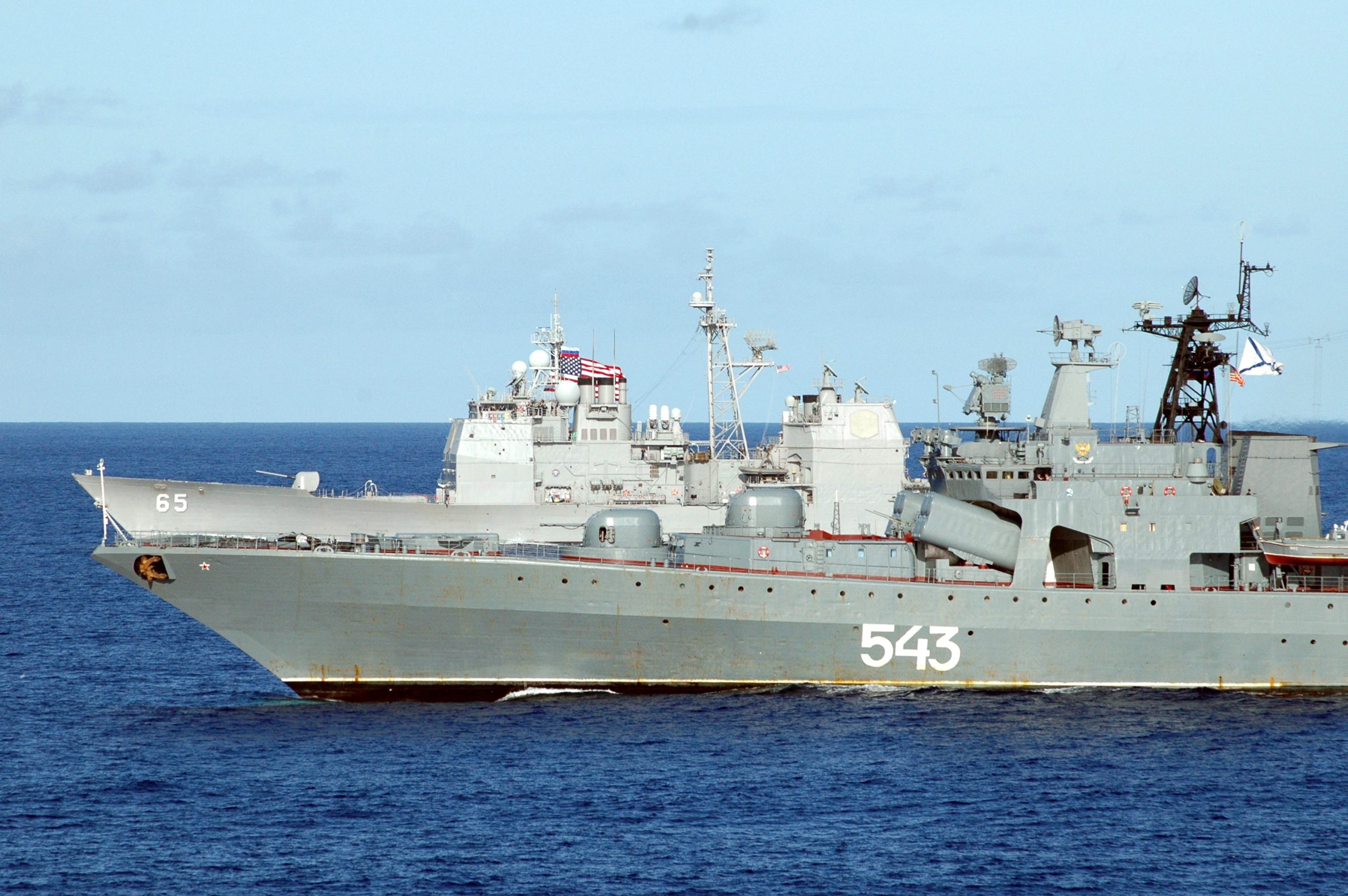
Palazzo argued that potential invaders would be required to establish local superiority through land, air, and cyber capabilities before risking naval assets in hostile environments.

The cost of refitting these giants of the sea is another prohibitive factor.

The U.S. Navy’s four Iowa-class battleships could technically be reactivated, but as Robert Farley articulated for The National Interest, the expense and controversy surrounding such an endeavor are immense.

The size and complexity of these vessels also raise concerns about the feasibility of crewing them in the modern context.
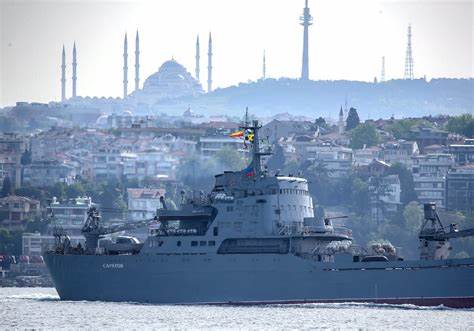
The U.S. Navy is currently facing challenges in maintaining its personnel levels, it has the smallest fleet size since World War I and has struggled to meet recruitment targets.

With a shortage of ships and insufficient sailors, concentrating nearly 2,000 personnel on a single vessel that is not an aircraft carrier or amphibious combat ship may not be a prudent strategy.
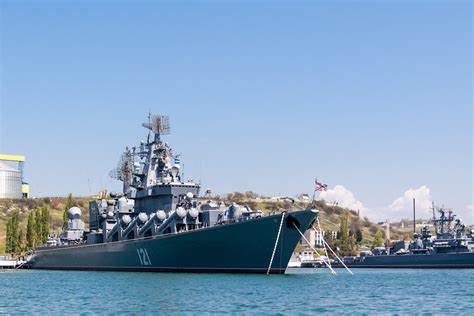
The future of the U.S. Navy is likely to involve a fleet of smaller vessels backed by unmanned drones, rather than massive floating gun platforms that could present attractive targets for adversaries.
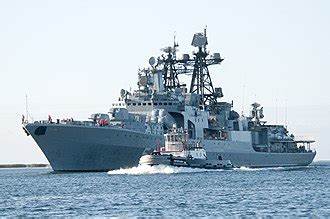
Guided-missile destroyers offer comparable firepower without the operational burdens of their larger predecessors.
Relevant articles:
– Why Doesn’t the Navy Build New Battleships? Let the Debate Begin, The National Interest
– 5 Reasons the U.S. Navy’s Mighty Battleships Will Never Go to War Again, nationalinterest.org
– Term Fixes for Amphibious Warship Shortages, USNI News
